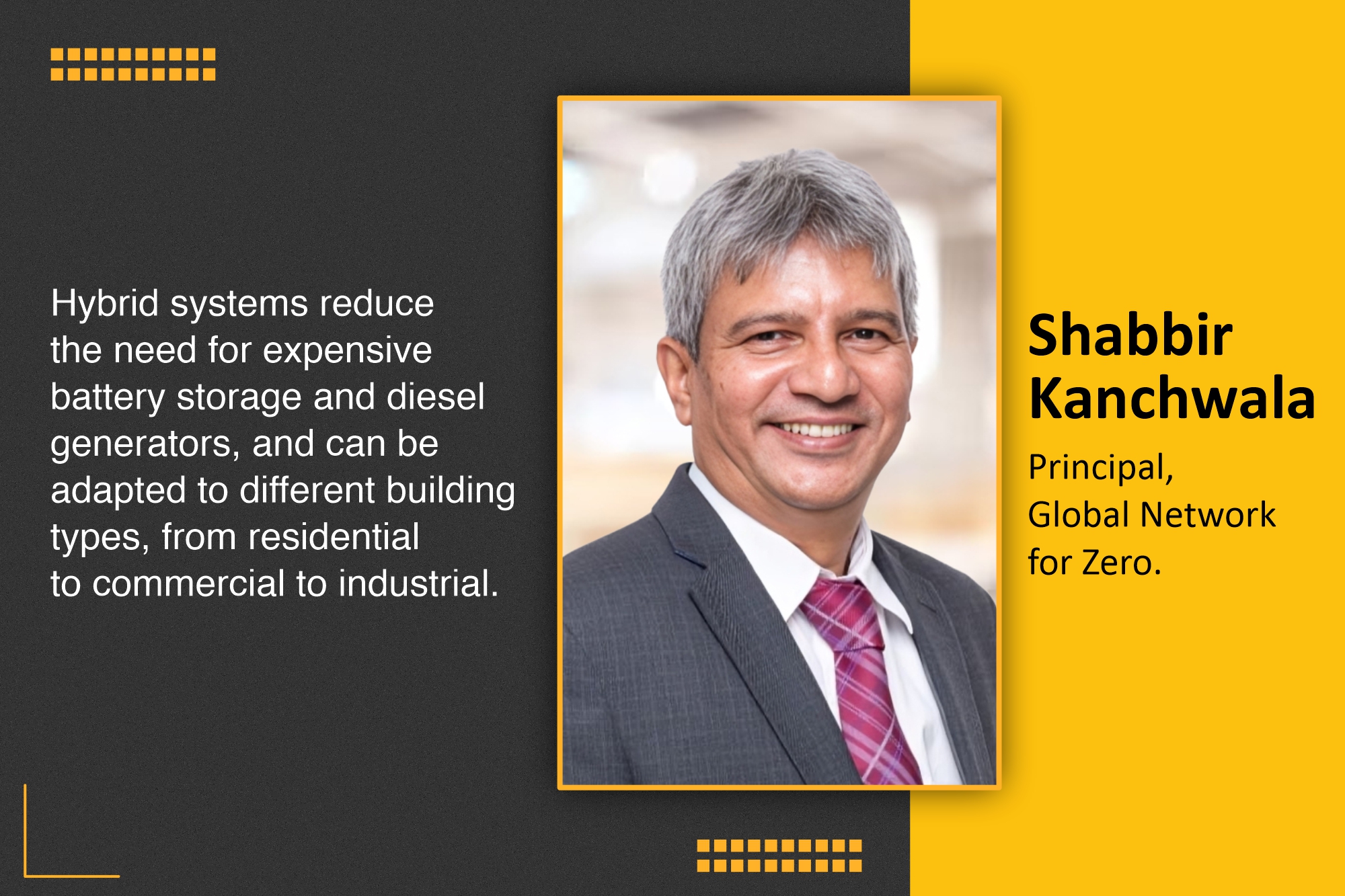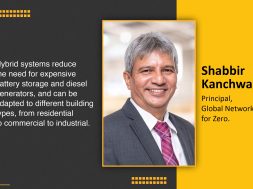Tech-integrated solar systems for energy efficiency

This interaction delves into strategies for solar panel installation and technology-integrated solutions for designing optimal solar systems.
What are the recommended strategies to be followed for installing solar panels in buildings?
Parameters for solar panel installation include site study, legal & regulatory compliance study, and grid connection & energy requirement study. Site study includes conducting an energy audit to determine power usage and assessing solar potential using tools like solar mapping. Legal aspects include obtaining necessary state and municipal approvals and checking building laws and grid interconnection policies. Grid connection & energy assessment include deciding between on-grid, off-grid, or hybrid systems, setting up net metering to sell excess power back to the grid, and employing smart meters and IoT-based monitoring systems to track energy usage.
What are the key trends and technologies available currently for designing an optimal solar system?
Emerging trends include advanced solar panel technologies, energy storage solutions, smart grid technologies, floating solar farms, and agrivoltaics. Advanced solar panel technologies include perovskite solar cells, which can respond to different colours in the solar spectrum and bifacial solar, which can capture sunlight from both sides, increasing energy. Energy storage solutions emphasise the integration of efficient energy storage systems. Smart grid technologies enable efficient management of solar energy output, optimise grid stability, and ensure reliable power. Installing solar panels on bodies of water (floating solar farms), such as reservoirs and canals, maximises space utilisation and improves panel efficiency. Agrivoltaics, combining agriculture with solar power generation, allows for dual land use: cultivation and energy production.
What are the advantages of integrating solar energy with other renewable energy sources to optimise the energy efficiency of buildings?
Advantages include optimised energy production, higher energy efficiency, cost savings, flexibility, and scalability. Solar energy daytime production can be balanced by combining solar and wind, as wind power is stronger at night. Combining solar and biomass helps provide backup during low solar output. Combining solar and geothermal allows solar power to be used for other purposes, as geothermal sources can be used for heating and cooling. Since solar panels lose efficiency in extreme heat, integrating with geothermal cooling or wind ventilation can prevent overheating and enhance system efficiency.
What are the challenges in installing solar panels in high-rise buildings? How can these challenges be mitigated?
The common challenges are high energy demand, limited rooftop area, shadows of neighbouring buildings and rooftop equipment, and specialised equipment requirements for cleaning and maintenance. Some strategies to mitigate these challenges include using building-integrated photovoltaics (BIPV) (e.g., solar facades, solar windows, balcony railings), installing solar panels on exterior walls or shading structures that maximise available surfaces, installing elevated solar racking systems that minimise shading from rooftop obstruction, and implementing solar tracking systems that optimise sunlight exposure. Difficulties in maintenance and accessibility can be addressed by deploying self-cleaning solar panels with hydrophobic coatings that reduce dirt accumulation and installing remote monitoring systems that detect performance issues early.
Could you walk us through how the BIPV approach can be successfully used to design solar panels and integrated with the architectural design?
Key BIPV components & integration methods include solar facades and curtain walls. These include solar panels integrated into exterior walls, often as glass-glass photovoltaic panels or thin-film PV materials. This design offers aesthetic flexibility with customisable colours and transparency levels and is Ideal for high-rise buildings with limited roof space. Similarly, photovoltaic windows and transparent solar glass with semi-transparent solar cells embedded in glass windows may be used. The design allows daylight penetration while generating power, reduces glare and heat gain, and enhances indoor comfort. Solar panels integrated into roofing materials (e.g., solar shingles, solar tiles, or PV glass skylights) maintain the aesthetics of traditional roofing while generating power and serving both residential and commercial buildings.
For more details, visit: https://www.globalnetworkforzero.com/
Cookie Consent
We use cookies to personalize your experience. By continuing to visit this website you agree to our Terms & Conditions, Privacy Policy and Cookie Policy.










